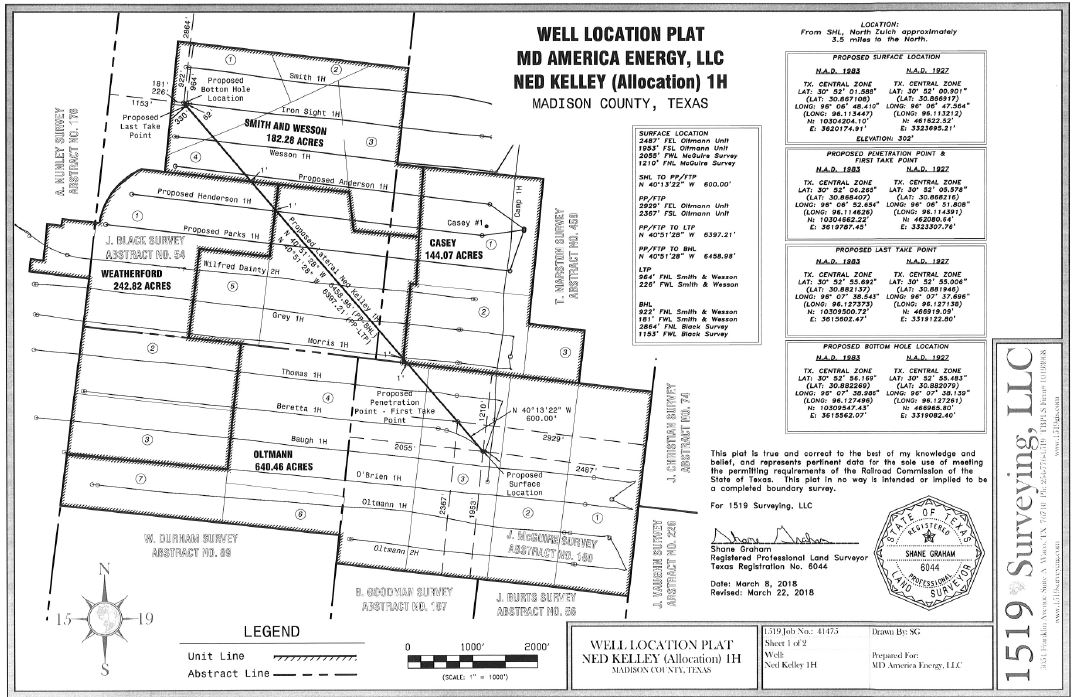On April 2, the Superior Court of Pennsylvania issued its opinion in Briggs v. Southwestern Energy Production Co., 2018 PA Super 79, No. 1351 MDA 2017. It held that “hydraulic fracturing may constitute an actionable trespass where subsurface fractures, fracturing fluid and proppant cross boundary lines and extend into the subsurface estate of an adjoining property for which the operator does not have a mineral lease, resulting in the extraction of natural gas from beneath the adjoining landowner’s property.” In doing so, the court rejected the reasoning of the Texas Supreme Court in Coastal Oil & Gas Corp. v. Garza Energy Trust, 268 S.W.3d 1 (Tex. 2008), which held that the rule of capture prevented any such cause of action. The court agreed with the conclusion of a federal district court in West Virginia in Stone v. Chesapeake Appalachia, LLC, No. 5:12-CV-102, 2013 WL 2097397 (N.D.W.Va. Apr. 10, 2013), which held that hydraulic fracturing can give rise to a trespass claim. The court also agreed with Justice Johnson’s dissent in Coastal v. Garza, in which he said that he “would not apply the rule [of capture] to a situation … in which a party effectively enters another’s lease without consent, drains minerals by means of an artificially created channel or device, and then ‘captures’ the minerals on the trespasser’s lease.”
The court concluded:
… we are persuaded by the analysis in the Coastal Oil dissent and Stone, and conclude that hydraulic fracturing is distinguishable from conventional methods of oil and gas extraction. Traditionally, the rule of capture assumes that oil and gas originate in subsurface reservoirs or pools, and can migrate freely within the reservoir and across property lines, according to changes in pressure. … Unlike oil and gas originating in a common reservoir, natural gs, when trapped in a shale formation, is non-migratory in nature. … Shale gas does not merely “escape” to adjoining land absent the application of an external force. …







